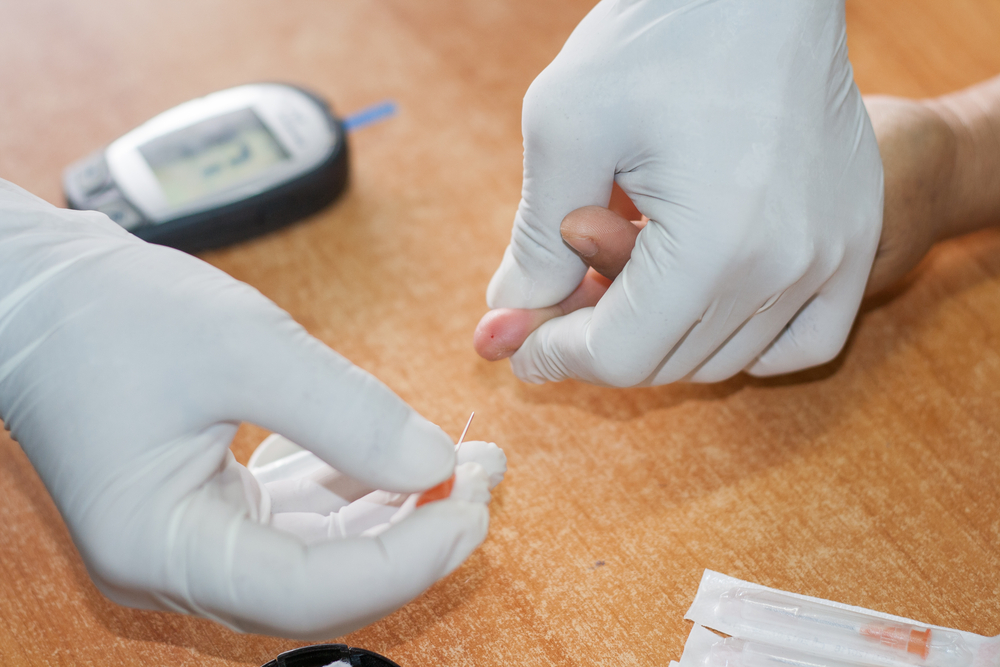Contents:
- Medical Video: Craniosynostosis - Mayo Clinic
- Craniosynostosis is a baby skull deformity
- What causes craniosynostosis?
- Types of craniosynostosis
- Symptoms craniosynostosis
- How is craniosynostosis diagnosed?
- Craniosynostosis treatment
- Complications that may occur due to craniosynostosis
Medical Video: Craniosynostosis - Mayo Clinic
Pregnancy is the most important time for baby's growth. Therefore, it is fitting for pregnant women to maintain their health and diet. However, there is a possibility that there is a risk babies born disabled even though parents have taken care of their pregnancy. One form of birth defect that may occur is craniosynostosis. Craniosynostosis is a condition of a baby's skull bones abnormality, which will worsen if he is not treated quickly.
Craniosynostosis is a baby skull deformity
Craniosynostosis is a condition of birth defects that causes the shape of the baby's head to be abnormal due to the presence abnormalities in the skull. The skull bone is not a single stand-alone bone, but a combination of seven different bone plates. The seven bones are connected to each other by a network called sutura.
A flexible suture allows the skull bone to expand following growth in brain volume. Over time, the suture hardens and finally closes, bringing together the seven plates of bone to become intact skull bones.
Babies are said to experience craniosynostosis if one or several suture tissues close faster than they should. As a result, the baby's brain cannot develop optimally because it is hampered by the skull bones that are already fused. This condition is very dangerous because it can cause some disorders and abnormalities.
The disproportionate shape of the skull can cause prolonged headaches, visual disturbances, and psychological problems later on.
What causes craniosynostosis?
The cause of craniosynostosis is unknown. Even so, sometimes this condition is associated with genetic disorders such as Apert's syndrome, Pfeiffer syndrome, Crouzon's syndrome, and much more. In some cases, craniosynostosis is caused by a combination of exposure to chemicals during pregnancy and genetic factors.
Types of craniosynostosis
Depending on the type of suture involved in accelerating the closure of the skull, craniosynostosis is divided into four types, namely:
- Sagittal. This is kind craniosynostosis the most commonly found. As the name implies, this interference occurs when part sagittal suture, which extends from the front to the back of the skull (upper crown), closes too early. This disorder causes the head to grow elongated and slightly flattened.
- Coronal. Coronal suture extends from the right and left ear to the top of the skull. Early closure of this section can cause the forehead shape to become uneven and bumpy.
- Metopic. The metopic suture extends from the nose through the midline of the forehead to the crown and is connected to the sagittal suture at the top of the skull. Early closure of the suture causes the forehead to form a triangle with the back of the head widening.
- Lambdoid. Early closure occurs in the lambdoid suture, which runs from right to left on the back of the skull. This causes a part of the baby's head to look flat and the position of one ear is higher than the other. Lambdoid craniosynostosis is very rare.
Symptoms craniosynostosis
Symptoms and signs craniosynostosis it usually appears when the baby is born, and becomes more visible after a few months. These symptoms include:
- The crown of the baby's head is not visible.
- The shape of the baby's skull looks strange (disproportionate).
- Increased pressure inside the baby's skull.
- The baby's head does not develop with age.
In some cases, craniosynostosis causing a disturbance or damage to the brain, and inhibits the growth process in general. The following are the symptoms that you need to be aware of.
- Sudden vomiting, without being preceded by nausea.
- Hearing disorders.
- Eyes are swollen or difficult to move.
- Sleep more often and rarely play.
- The sound of loud and irregular breathing.
- It's easier to cry than usual.
How is craniosynostosis diagnosed?
Craniosynostosis is a disordermust be handled by doctors and specialists, such as pediatric neurosurgeons or plastic surgeons. To diagnose craniosynostosis, several checks will be needed.
- Physical examination. In this examination, the doctor will measure the baby's head, and feel the entire surface of the head to check the condition of the suture and crown.
- Scan. This examination includes CT Scan, MRI, or x-ray of the head. This test aims to see if there is a suture tissue that closes faster than normal. Laser scanning can also be done to get accurate skull and head size.
- DNA test. If a link with another genetic disorder is suspected, DNA testing can be done to determine the type of genetic abnormality that is the cause.
Craniosynostosis treatment
Craniosynostosis with mild or moderate severity does not require serious treatment. Doctors will usually advise your baby to use a special helmet that serves to smooth the shape of the skull and help the development of the brain.
If craniosynostosis severe, surgery must be done to reduce and prevent brain pressure, provide space for the brain to develop, and smooth the shape of the skull.
There are two types of surgeries that can be done to treat craniosynostosis, namely:
- Endoscopic surgery. This minimally invasive surgery is suitable for babies under the age of six months, provided that only one suture has a problem. Through this operation, the problematic sutures will be opened so that the brain can develop normally.
- Open surgery. This type of surgery is done for babies over six months, and not only to deal with troubled sutures, but also to improve disproportionate skull shape. Postoperative recovery period is open longer than endoscopic surgery.
Helmet therapy can be given to smooth the shape of the skull after endoscopic surgery, but in open surgery this therapy is not needed.
Complications that may occur due to craniosynostosis
Craniosynostosis is a condition that must be treated as soon as possible. When delayed, children are at risk of developing brain disorders. In addition, it can also cause facial shape defects that can reduce the quality of life of children in the future.
Babies who have craniosynostosis are seriously at risk of experiencing increased pressure in their skull. If not treated, this increased skull pressure can cause developmental delay, impaired cognitive function, blindness, seizures, and even death (although rare).












